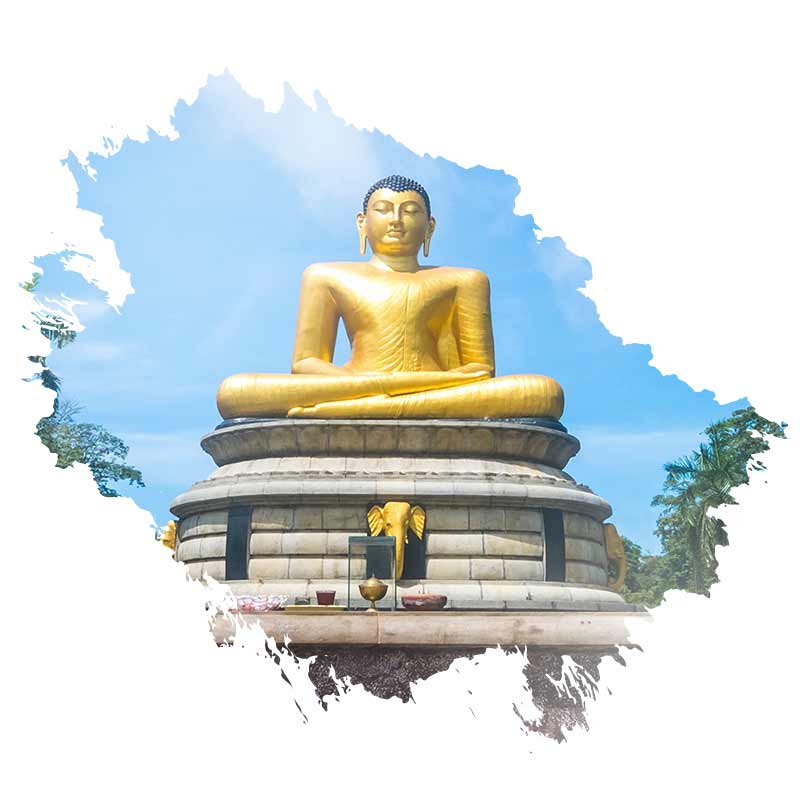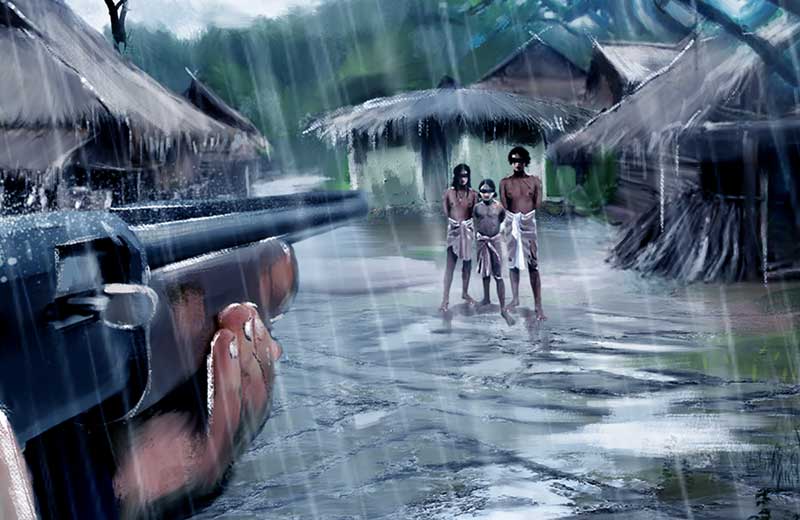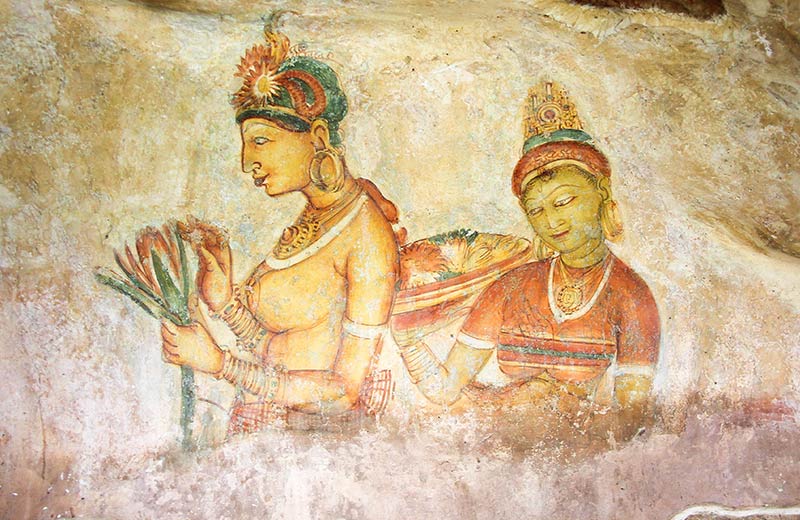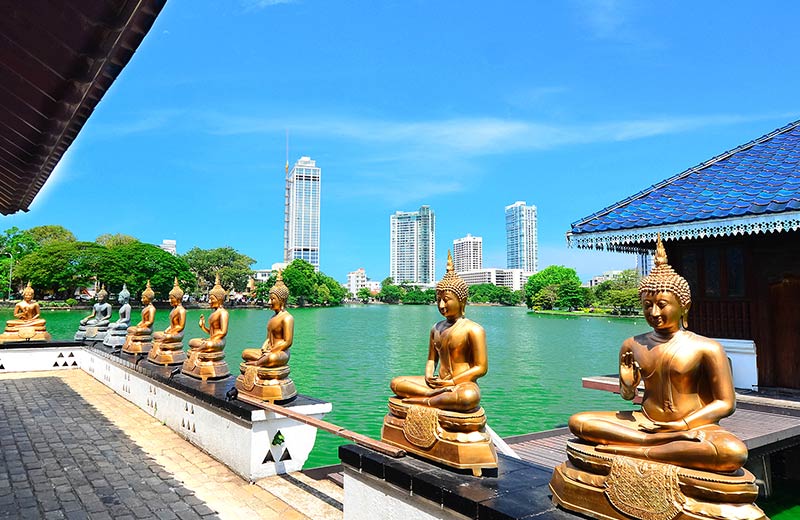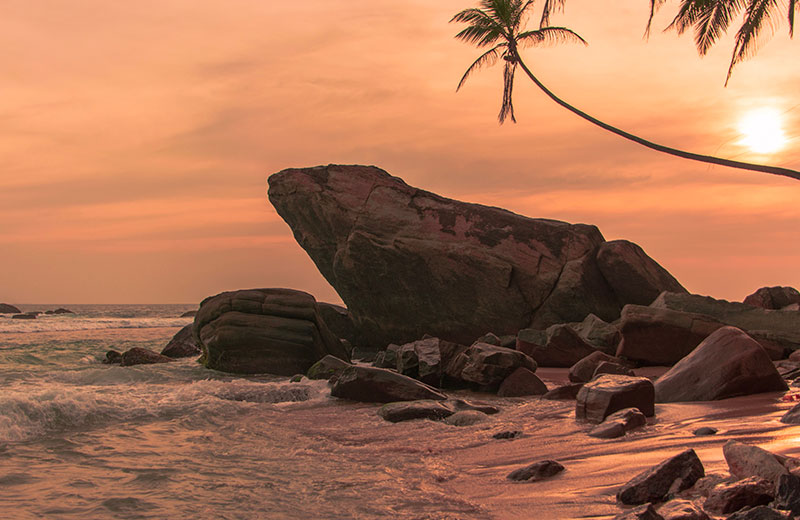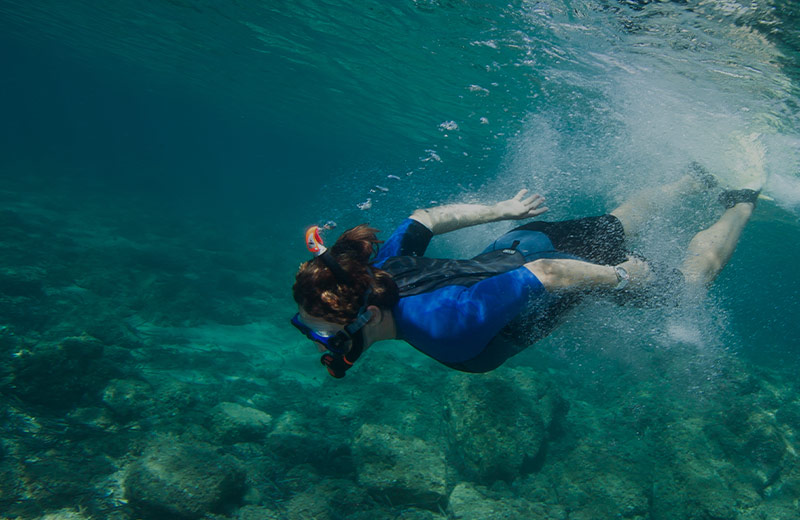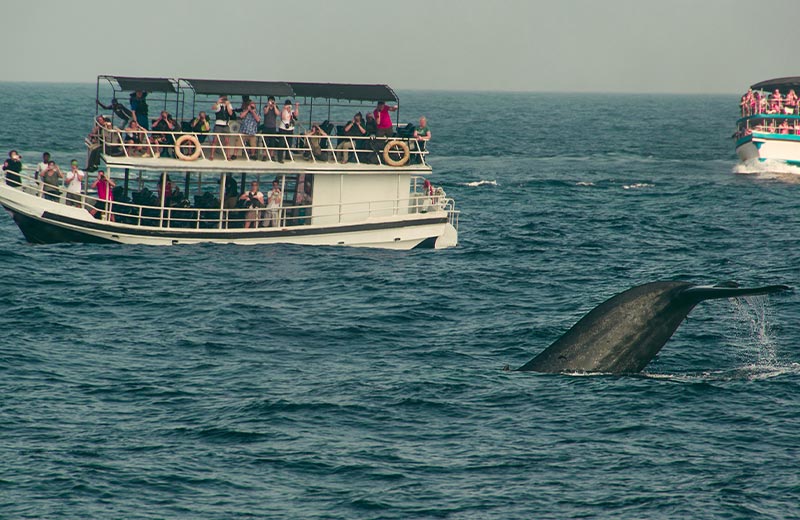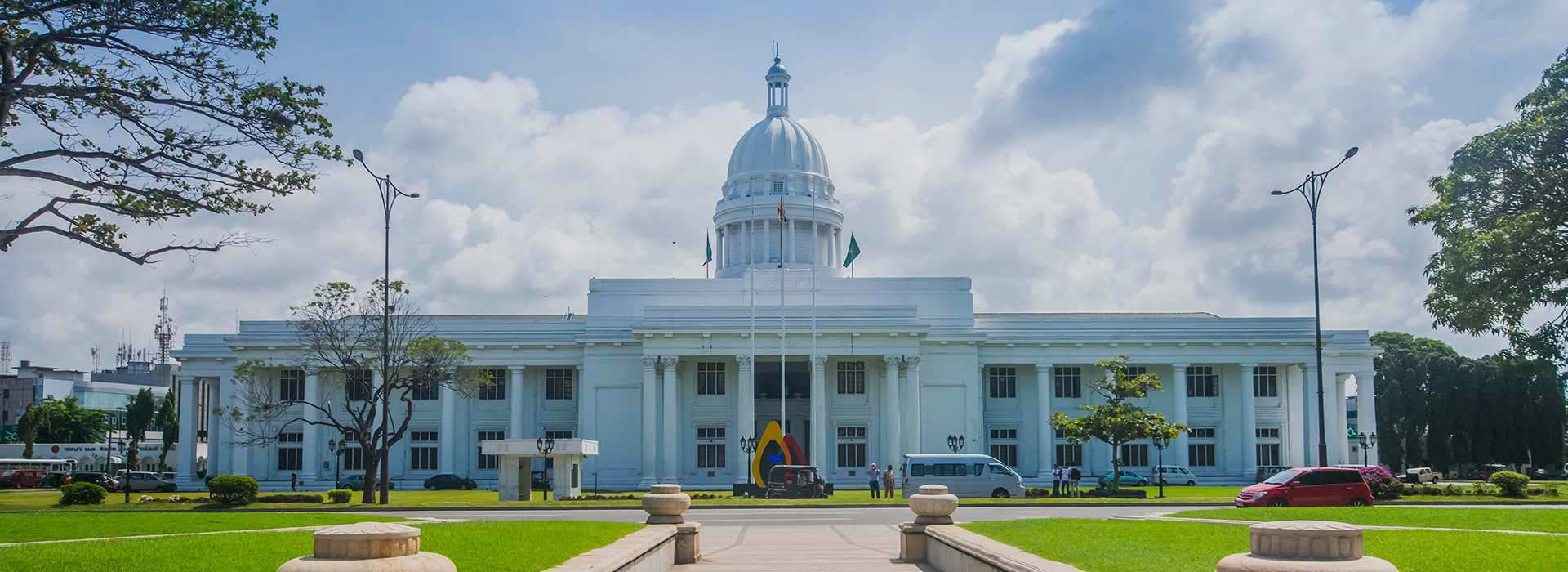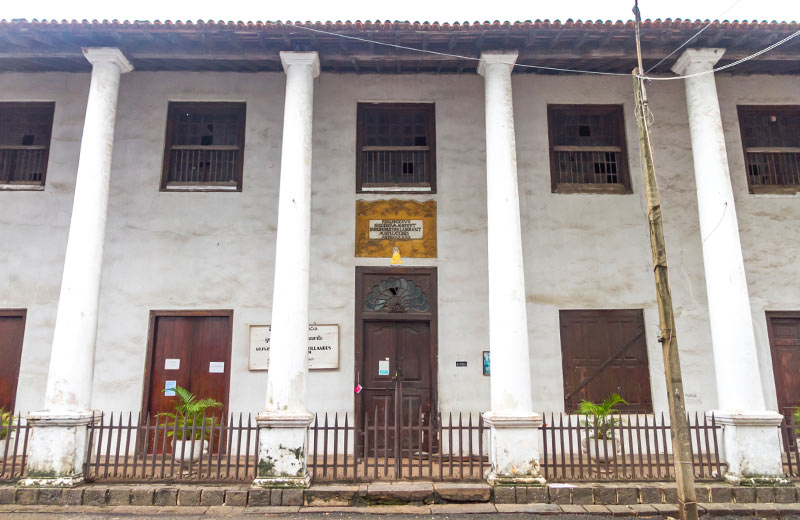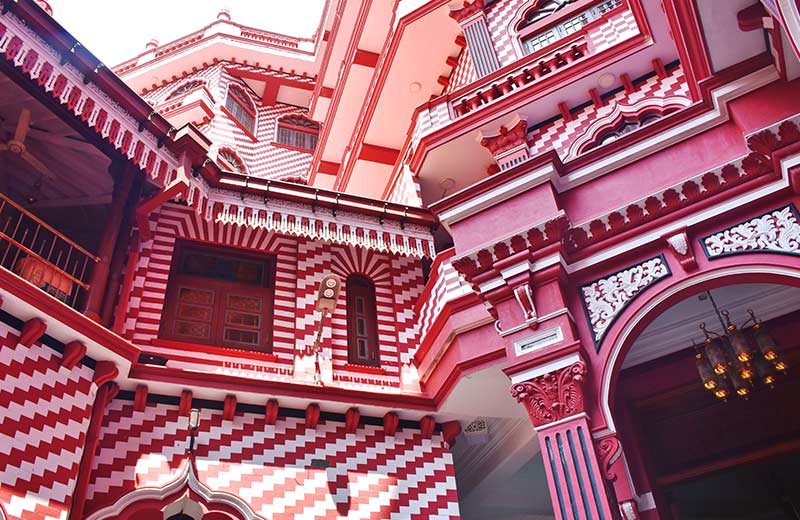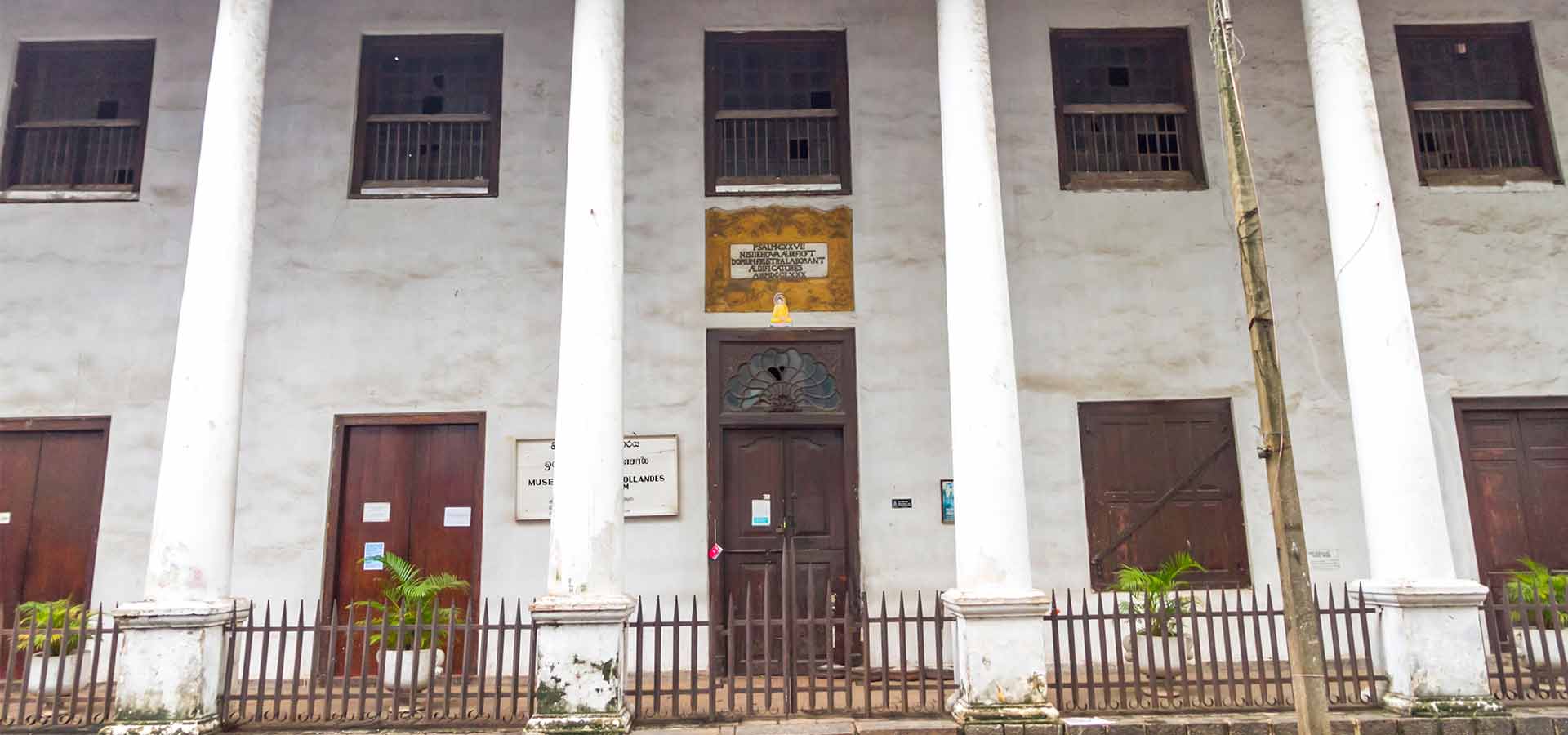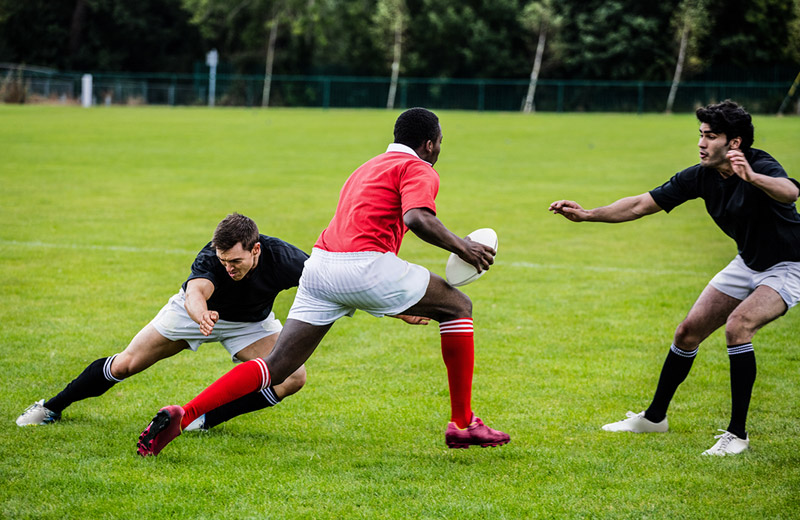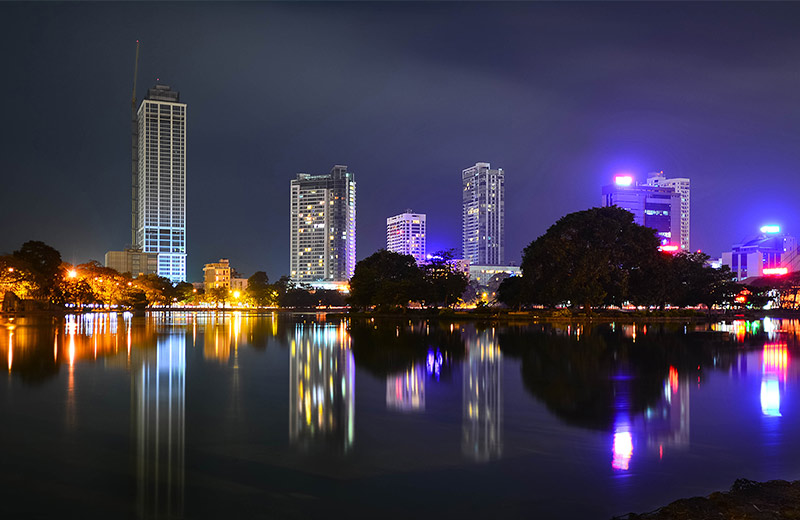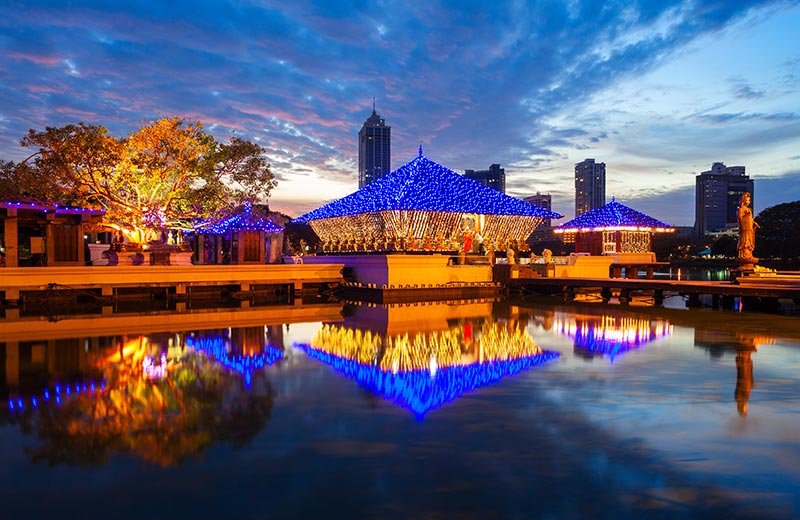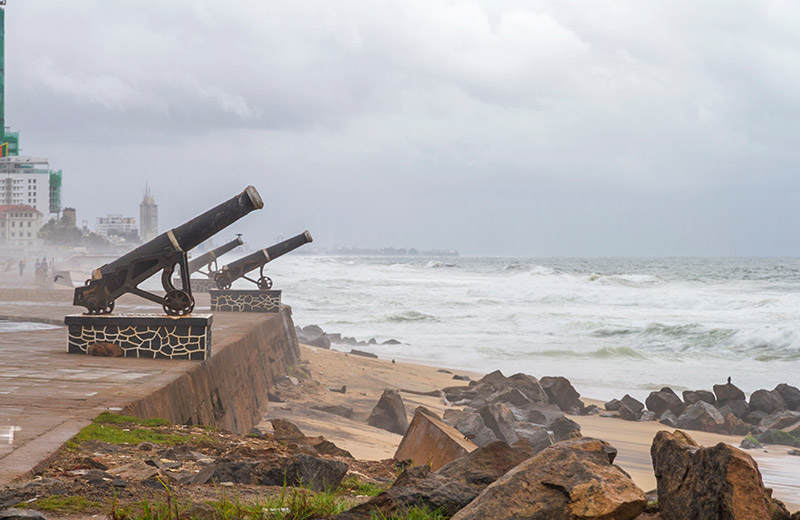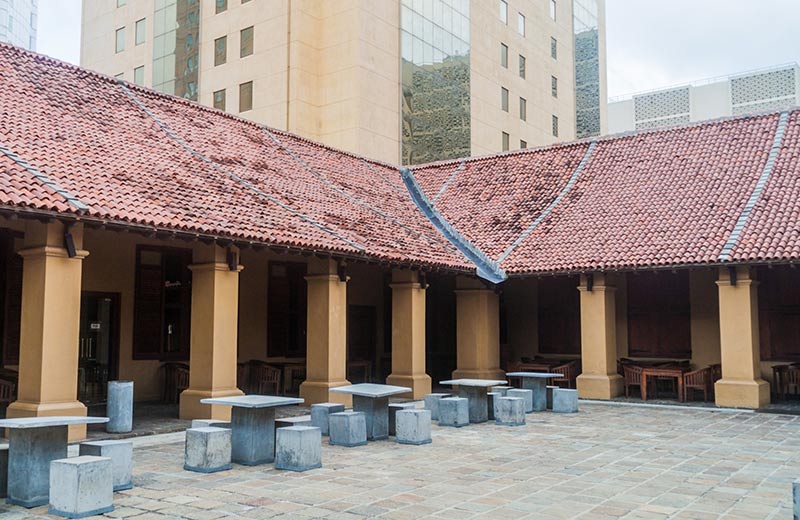Admire the woven colonial furniture neatly arranged around the mansion, while you view artefacts such as coins, porcelain and documents placed throughout the aisles. Gaze upon the oldest courtyard garden in Colombo, popularly known as the ‘Meda Midula’. The garden includes a solitary Cinnamon tree – the spice that attracted the Dutch to Sri Lanka. The well that resides in the centre of the courtyard is another unique feature that is typical of Dutch colonial style.
While the 17th century Dutch colonial era is an interesting time in the city’s history, it was during the 19th century British colonial era that Colombo began to transform into a metropolitan city. Walk along Main Street and you would find the neo-gothic style building that served as the first civic building of the city. Although no longer serving as a major civic building, it is now a museum and still holds a significant place in the annals of the city. Knock and the caretaker would open the door, and give you a tour around the old building. The monuments and artefacts contained within the museum showcase the lives of Colombo society in the days of yore. Typewriters, printing presses, posters, monumental plaques, and even automobiles are scattered all around the building. One of the more intriguing sights to behold is the room that contains a tableau of a typical town hall meeting of the 20th century. A map of Colombo dated 1785 hangs in one of the rooms. It allows you to appreciate how much the city has changed, but also still remains unchanged in certain ways.
Although these edifices are heavily concentrated in the Fort-Pettah area, there are many others dotted around the city’s suburban spaces too. Head over to Colombo Seven, a chic suburb that houses a number of historic landmarks and affluent residences.
The Colombo National Museum, located in a quiet corner of the suburb, is an important complex that contains several artefacts dating back to the various kingdoms that existed in the island before it was subject to colonisation. Built by local contractor Wapchi Marikar in 1877, the design of the museum itself is unique, as it incorporates the styles and intricacies of the neo-Palladian School of architecture.
Wander through the halls and observe relics of the old kingdoms; the pièce de résistance being the original throne and crown jewels belonging to the Kingdom of Kandy – the last independent kingdom of the country. Sri Lanka’s natural history can also be witnessed in several wings dedicated to display the various species of flora and fauna that thrive in the country. Catch a glimpse of the large skeleton of the Blue Whale hanging from the ceiling of the natural history wing.
